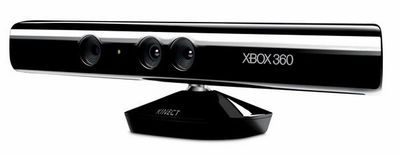3D Scanner: Difference between revisions
Jump to navigation
Jump to search
No edit summary |
No edit summary |
||
| Line 8: | Line 8: | ||
The technology is currently undergoing a massive flourishing of innovation as the underlying hardware becomes ubiquitous. As a part of the GVCS 50, it enables a suite of powerful applications. | The technology is currently undergoing a massive flourishing of innovation as the underlying hardware becomes ubiquitous. As a part of the GVCS 50, it enables a suite of powerful applications. | ||
==Details== | |||
{{Video}} | {{Video}} | ||
'''Applications''' | '''Applications''' | ||
*CAD | *CAD | ||
Revision as of 16:21, 20 September 2011
| 3D Scanner | ||
|---|---|---|
| Home | Research & Development | Bill of Materials | Manufacturing Instructions | User's Manual | User Reviews | 
| |
Overview
3D Scanners enable near-instantaneous input of spatial data into digital systems.
The technology is currently undergoing a massive flourishing of innovation as the underlying hardware becomes ubiquitous. As a part of the GVCS 50, it enables a suite of powerful applications.
Details
Applications
- CAD
- Rapid Prototyping
- Workshop Control
- Automation Programming
- Robotic Systems
- Training
Product Ecology
Uses
- UPS - Power
- Motor - Articulation
- 3D Printer - Case
Works with
- 3D Printer - Cloning
- Sawmill - Lumber scanning.
- Tractor - Automation navigation
- Industrial Robot - Sensing, teleoperation
Components
See Also
